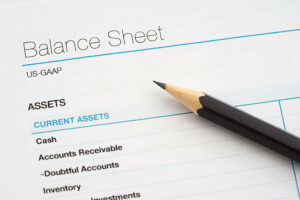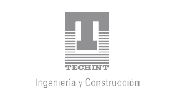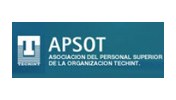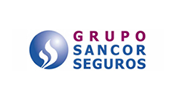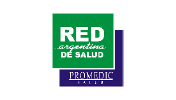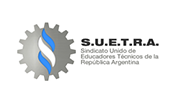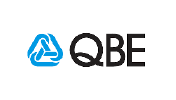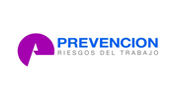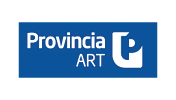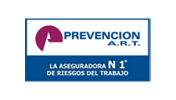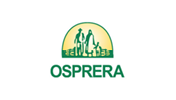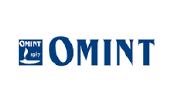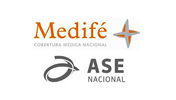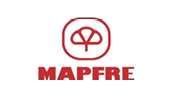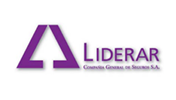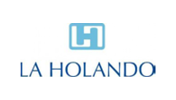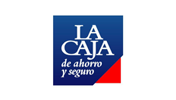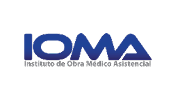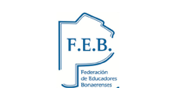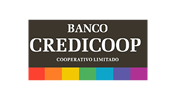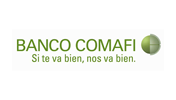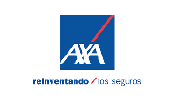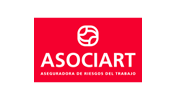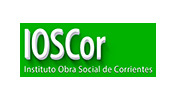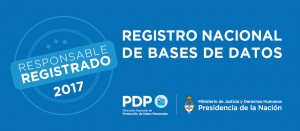In essence, a company’s net income is divided by the equity of its shareholders to calculate its return on equity. Add the current obligations, such as accounts payable and short-term debts, and the long-term liabilities, such as bonds payable and notes, to arrive at the total liabilities for this equity formula. You must add long-term assets to current assets to get the total assets for this equity formula. When a firm issues common shares and preferred shares in addition to its retained operating profits, this is referred to as shareholder equity, stockholder equity, or shareholder net worth.
- This ratio is calculated by dividing shareholders’ equity by total company assets.
- Long-term liabilities are debt or financial obligations that must be repaid over a longer period of time than current liabilities, which are debt or financial obligations due within a year.
- For example, if a company does not have any non-equity assets, they are not required to list them on their balance sheet.
- Venture capitalists (VCs) provide most private equity financing in return for an early minority stake.
- For instance, the balance sheet has a section called “Other Comprehensive Income,” which refers to revenues, expenses, gains, and losses, which aren’t included in net income.
- Return on Equity (ROE) is the measure of a company’s annual return (net income) divided by the value of its total shareholders’ equity, expressed as a percentage (e.g., 12%).
Negative brand equity also exists and is exemplified when you would be willing to pay more for a generic or store-brand product than you would for a well-known brand name. Negative brand equity is rare and usually occurs because of bad publicity, such as product recalls or a public relations crisis. Brand equity typically measures the perceived value of a brand, or its social value, often from a consumer point of view. But debt is also the riskiest source of funding for businesses because the latter must honor the agreement with creditors to pay interest on a regular basis regardless of the state of the economy. As a result, as of March 31, 20XX, ABC Ltd’s stockholders’ equity was $140,000.
Brand Equity
Information is from sources deemed reliable on the date of publication, but Robinhood does not guarantee its accuracy. With various debt and equity instruments in mind, we can apply this knowledge to our own personal investment decisions. Although many investment decisions depend on the level of risk we want to undertake, we cannot neglect all the key components covered above. Bonds are contractual liabilities where annual payments are guaranteed unless the issuer defaults, while dividend payments from owning shares are discretionary and not fixed. This is the percentage of net earnings that is not paid to shareholders as dividends.
- Paid-in capital also referred to as stockholders’ funds, is the amount of money that people have invested in a company.
- Return on equity (ROE) is a measure of financial performance calculated by dividing net income by shareholder equity.
- Total liabilities are obtained by adding current liabilities and long-term liabilities.
- Financial leverage—total assets divided by common shareholder’s equity—indicates the degree to which the firm has been financed through debt as opposed to equity sources.
- So, if a company had $2 million in assets and $1.2 million in liabilities, its stockholders’ equity would equal $800,000.
- Unlike creditors, shareholders can’t demand payment during a difficult time.
A balance sheet can’t predict changes in the value of a company’s assets or changes to its liabilities that haven’t occurred yet. Increases or decreases on either side could shift the needle substantially when it comes to the direction in which stockholders’ equity moves. Treasury stock reduces total shareholders’ equity https://accounting-services.net/a-cpas-perspective-why-you-should-or-shouldnt-work/ on a company’s balance sheet. This figure is subtracted from a company’s total equity, as it represents a smaller number of shares that are available to investors. The final item included in shareholders’ equity is treasury stock, which is the number of shares that have been repurchased from investors by the company.
Can the equity of shareholders be negative?
You’d need to be able to read a balance sheet to find the company’s total assets and liabilities in order to make these calculations. But overall, it’s a much less complicated formula than other calculations that are used to evaluate a company’s financial health. Return on equity (ROE) is a measure of financial Accounting for Startups: A Beginner’s Guide performance calculated by dividing net income by shareholder equity. Because shareholder equity is equal to a company’s assets minus its debt, ROE could be considered the return on net assets. ROE is considered a measure of how effectively management uses a company’s assets to create profits.
Dividend payments by companies to its stockholders (shareholders) are completely discretionary. Companies have no obligation whatsoever to pay out dividends until they have been formally declared by the board. There are four key dates in terms of dividend payments, two of which require specific accounting treatments in terms of journal entries. There are various kinds of dividends that companies may compensate its shareholders, of which cash and stock are the most prevalent. A few more terms are important in accounting for share-related transactions.
What is the impact of treasury shares on stockholders’ equity?
Calculating stockholders’ equity can give investors a better idea of what assets might be left (and paid out to shareholders) once all outstanding liabilities or debts are satisfied. Stockholders’ equity measures the ratio of assets to liabilities in a company. It can also be referred to as shareholders’ equity, owner equity or book value.
Positive stockholder equity can indicate that a company is in good financial health, while negative equity may hint that the company is struggling or overextended with debt. Stockholders’ equity is typically included on a company’s balance sheet but it’s possible to calculate it yourself. Return on equity is a popular measure of profitability and corporate management excellence.
Why Is Shareholders’ Equity Important?
Unlike creditors, shareholders can’t demand payment during a difficult time. A firm can thus dedicate its resources to fulfilling its financial obligations to creditors during downturns. While this figure does include money that could be returned to the owners of the company, it also includes items like depreciation and amortization, which cannot be directly distributed to shareholders. Retained earnings grow in value as long as the company is not distributing them to shareholders and only investing them back into the business. If a small business owner is only concerned with money coming in and going out, they may overlook the statement of stockholders’ equity. However, if you want a good idea of how your operations are doing, income should not be your only focus.

